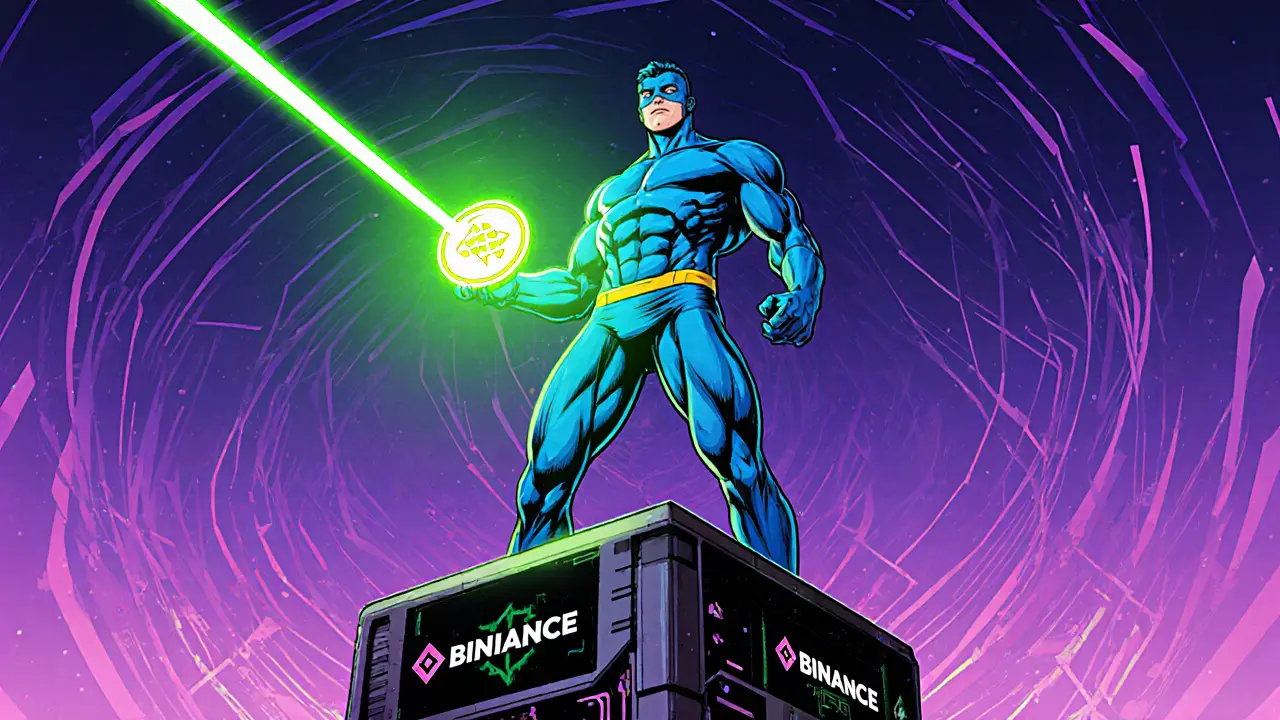When you look at crypto analytics, the practice of using data to understand cryptocurrency markets and make informed trading decisions. It’s not just charts and numbers—it’s figuring out who’s buying, where liquidity is hiding, and what’s really moving prices. Think of it like checking your car’s dashboard before a road trip. You don’t just glance at the speedometer—you watch fuel levels, engine temperature, and warning lights. Crypto analytics does the same for digital assets.
It cryptocurrency market cap, the total value of all coins in circulation, used to rank projects by size and stability tells you if a coin is a tiny gamble or a major player. A $50 million market cap? That’s a high-risk bet. A $5 billion one? That’s got traction, even if it’s shaky. Then there’s blockchain analysis, the process of tracing transactions across public ledgers to spot patterns, scams, or laundering activity. Tools like Chainalysis and Nansen don’t just track money—they reveal who’s behind wallets, whether it’s North Korean hackers moving stolen Bitcoin or retail traders stacking up during dips.
You also need to know how crypto exchange data, real-time volume, order book depth, and listing activity from platforms like Binance, Uniswap, or Zedcex shapes what’s hot. A coin with low volume on a tiny exchange might look like a steal—but it’s often a trap. High volume on a regulated exchange? That’s a different story. And don’t forget DeFi metrics, key indicators like TVL, APY, and liquidity pool changes that show whether a protocol is growing or collapsing. If a yield farm’s total value locked drops 80% in a week, that’s not a bug—it’s a red flag.
These aren’t just academic concepts. They’re what separates guesswork from strategy. When you see a new token popping up on CoinMarketCap with a viral airdrop, crypto analytics lets you ask: Is this real demand, or just hype? Are the trades happening on a legit exchange, or a fake one? Is the team behind it even active, or did they vanish after the launch? The posts below walk you through real cases—like how Steakd (SDX) looks flashy but has near-zero trading volume, or how Bitfront collapsed without warning, leaving traders with nothing. You’ll see how market cap misleads, how exchange reviews expose hidden risks, and how blockchain analysis uncovers the truth behind stolen crypto flows.
What you’re about to read isn’t theory. It’s what traders use to avoid losing money—and sometimes, to make smart moves when others panic. Whether you’re checking a new airdrop, comparing DEXs, or trying to understand why a token crashed overnight, the answers are in the data. Let’s break it down.

Learn what LaserEyes (LSR) crypto coin is, how it works on Binance Smart Chain, its role in LSR Finance analytics, and the risks of trading this low‑liquidity token.